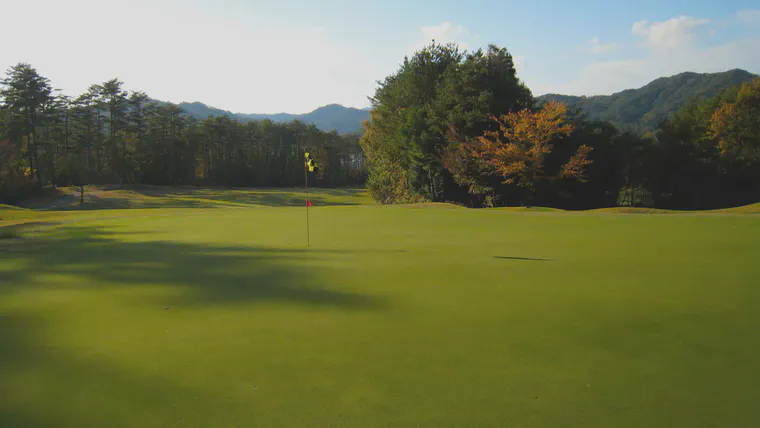3 decades to use all calcium in the soil?
Frank Schäfer wrote with this question about calcium:
For the Calcium Post, you wrote that it would take three decades to use all Calcium in soil on an average bulk content.
But that is the calculation. Can all the Calcium get plant available?
In that post, I calculated that turf may use about 1.8 g Ca m-2 in one year (0.4 lbs Ca/1000 ft2) and that the quantity of calcium (Ca) in the rootzone will likely be more than 60 g m-2 (12 lbs/1000 ft2). Then I wrote:
Three decades. That’s how long it would take, 33.3 years, to be precise, for the grass to use 60 grams of calcium if harvested at the rate of 1.8 grams of calcium per year. There is much more calcium in the soil than is required for healthy turfgrass, even in soils that have relatively low amounts of calcium.
Let me clarify this and answer Frank’s question specifically. He’s right, the grass is not going to use all the Ca in the soil. And we wouldn’t want it to do that.
I recommend keeping soil Ca above the MLSN guideline of 331 ppm. In a 10 cm deep rootzone, with a bulk density of 1.5 g cm-3, soil Ca of 331 ppm (a 3-dimensional measurement) is equivalent to 49 g Ca m-2 (a 2-dimensional measurement).
In the case where there were 60 g of Ca, and I want to keep the soil Ca above 49 g, and the grass uses 1.8 g Ca per year, that is just over 6 years of Ca in the soil before reaching the MLSN guideline. And even at the MLSN guideline of 331 ppm (or 49 g m-2), that is 27 years of Ca remaining. In this way, the MLSN guideline serves as a buffer of nutrients in the soil that the grass will never use. And in the case of Ca, the quantity of element in the soil is substantial compared to the amount of the element the grass will use.
What is more normal in turf, however, is to have more than 400 ppm Ca. The median value for Ca in the Global Soil Survey data through August 2014 is 722 ppm. Converting that to 2 dimensional units as I did above, to represent what that amount of Ca would be if spread on the surface of 1 m2, I get 108 g m-2 (21.6 lbs/1000 ft2). In this median soil, the difference between the actual Ca and the 49 g MLSN level is 59 g m-2. So in this median soil, there would be about 30 years of Ca in the soil before the soil would decline to the MLSN level.
This large amount of Ca in the soil, compared to the amount of Ca the grass uses, is the reason Ca is almost never required as a fertilizer for turfgrass. And don’t forget that irrigation water alone typically supplies way more Ca than the grass can possibly use. So much so, in fact, that excess Ca leaches from the rootzone.